Celebrating the midnight movie, plus the best films to see in L.A. this week
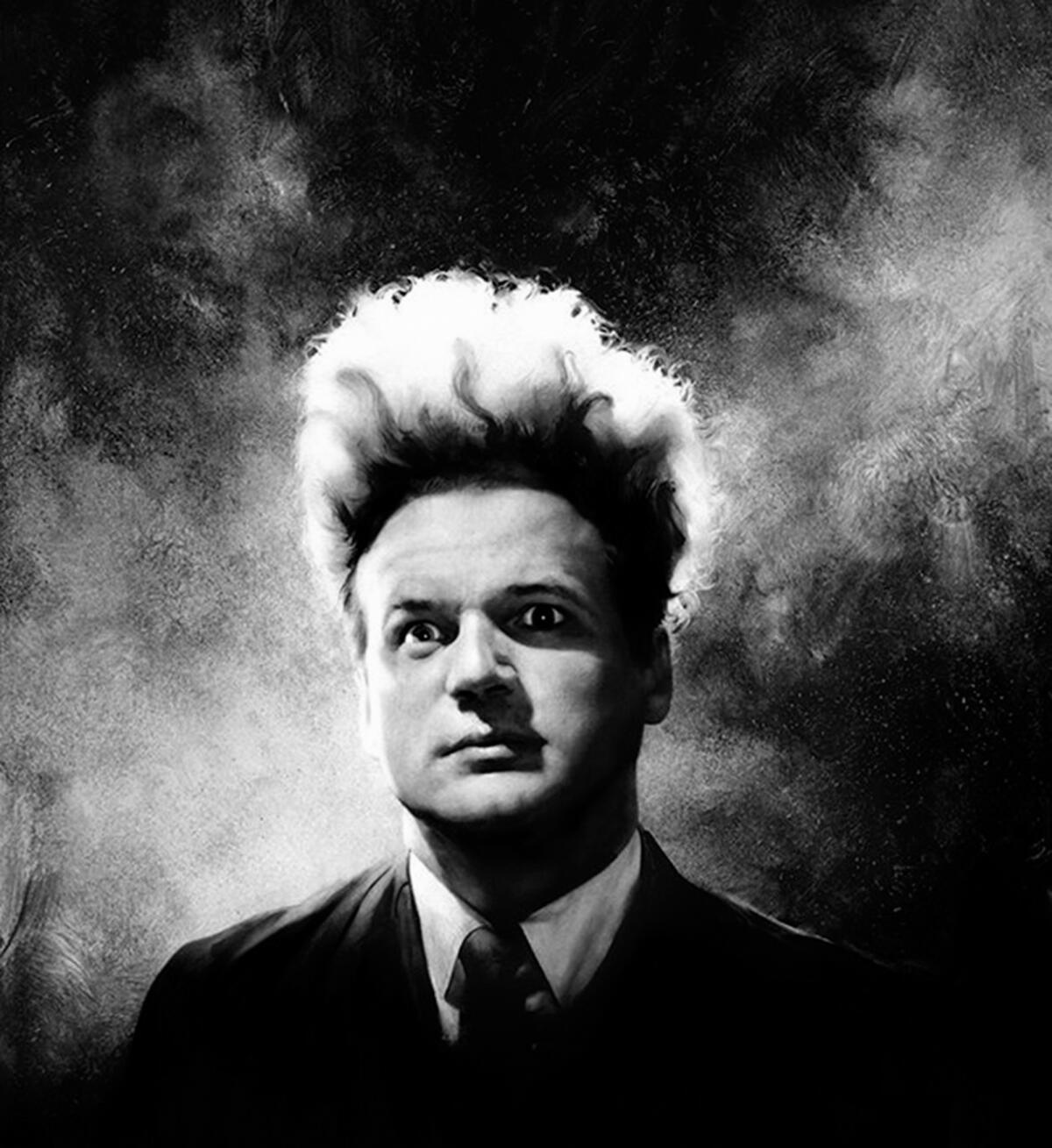
- Share via
Hello! I’m Mark Olsen. Welcome to another edition of your regular field guide to a world of Only Good Movies.
One of the most exciting events at last weekend’s Los Angeles Festival of Movies was a talk between musician Kim Gordon and author Rachel Kushner on Los Angeles and how the city is depicted in the movies.
As guests entered the space — 2220 Arts + Archives — where the talk was to take place, the 1969 movie “Model Shop” played on a white-painted brick wall. Once Gordon and Kushner settled in, a revolving carousel of movie stills came on behind them: “Zabriskie Point,” “The Exiles,” “Car Wash,” “The Loved One,” “Body Double,” “Foxes,” “The Long Goodbye,” “A Woman Under the Influence,” “My Brother’s Wedding,” “American Gigolo,” Play It as It Lays” and “Faster, Pussycat! Kill! Kill!” Kushner noted how they had each chosen six titles.
As they talked their way through most of the movies on the list (they never did get around to “Zabriskie Point”), both Kushner and Gordon referenced Thom Andersen’s exhaustive 2003 essay film on Los Angeles and the movies, “Los Angeles Plays Itself.”
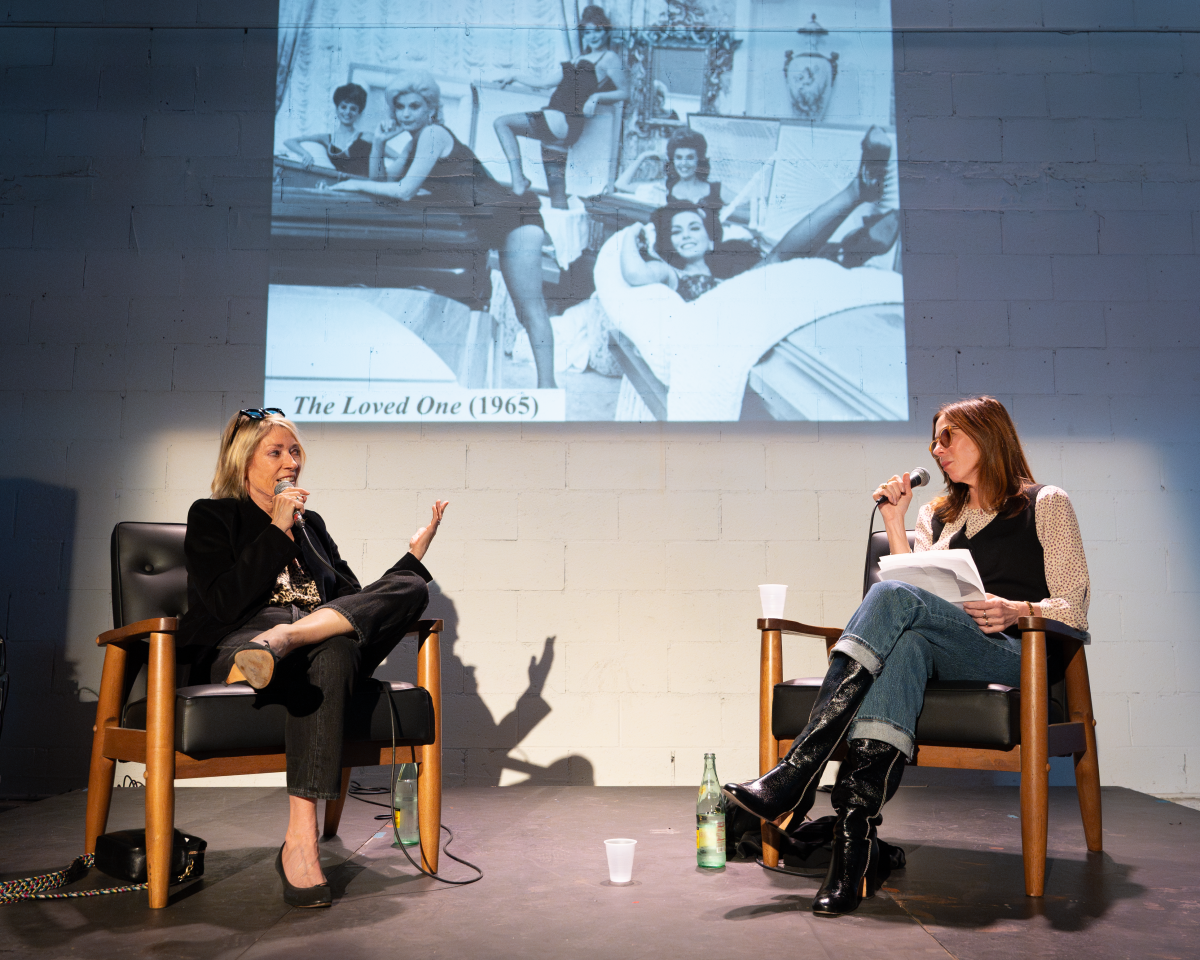
Gordon’s own L.A. childhood was a throughline. In talking about 1980’s “Foxes,” which depicts a group of San Fernando Valley teens who become involved in the world of Hollywood nightlife, Gordon noted, “I empathize with people who grew up in the Valley. I grew up in boring West L.A., so I always wanted to go up to Laurel Canyon or to Hollywood Boulevard, to hang out.”
Kushner noted that the street she now lives on in Angelino Heights has been a filming location for both “Chinatown” and the “Fast and Furious” movies.
“In thinking about movies in L.A. I started thinking about my own relationship to the city,” she noted. “The way that I talk about it is often meant to be a correction to people’s cliches of it.”
At one point Gordon added, “I feel like now, the whole myth of L.A. and California — it’s all been exported through streetwear and surf-skate culture and that it kind of lives a life outside of L.A. and California.”
A new doc festival, ‘This Is Not a Fiction’
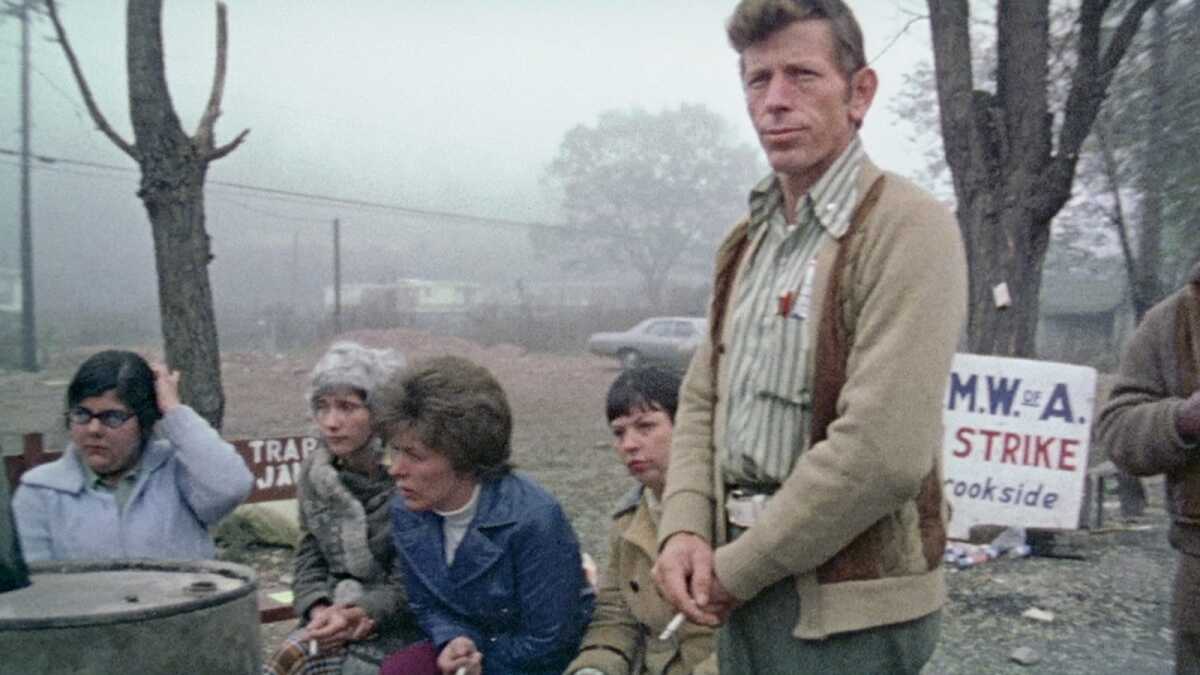
Already underway, “This is Not a Fiction” is a new festival launched by the American Cinematheque. The lineup of documentary films and attending filmmakers is quite impressive, showing both classics of the form as well as boundary-breaking newer works.
The series will also feature a number of fiction films that are documentary-adjacent, including Harmony Korine’s “Trash Humpers” and Christopher Guest’s mockumentary “Waiting for Guffman.” The outrageous action of Jeff Tremaine’s “Jackass: The Movie” should be a highlight of the program.
Among the events still to come are a panel talk on the 15th anniversary of ESPN’s “30 for 30” series, Terry Zwigoff’s “Crumb,” Véréna Paravel and Lucien Castaing-Taylor’s “Leviathan” and “Sweetgrass,” Joe Berlinger and Bruce Sinofsky’s ’ “Brother’s Keeper” and “Paradise Lost: The Child Murders at Robin Hood Hills,” Barbara Kopple’s “Harlan County, USA” and “American Dream,” Sandi Tan’s “Shirkers” and “Gourmet Baby,” Yance Ford’s “Power” and “Strong Island,” and Bill Morrison’s “Dawson City: Frozen Time.”
Many of the filmmakers will be present for their screenings. (I’m moderating a talk with Kirsten Johnson on Tuesday after a screening of “Cameraperson” and Times film editor Joshua Rothkopf will be speaking with Tan after “Shirkers.”)
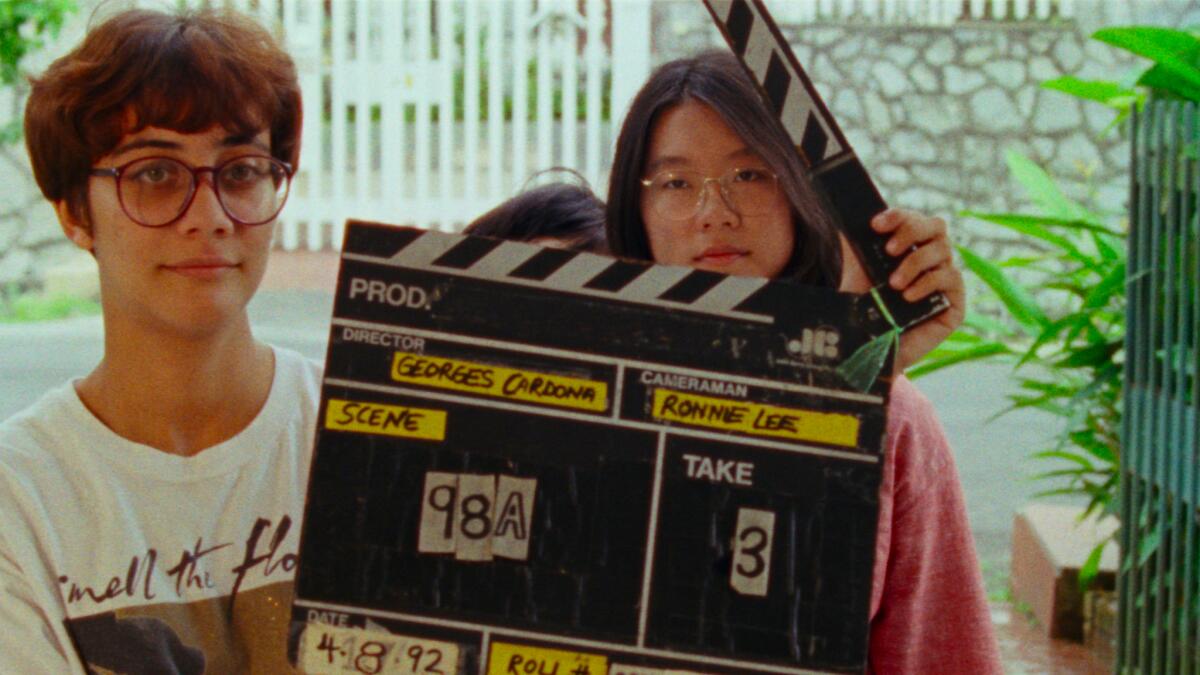
“It feels like it’s exploding and we have quite a big team now,” said Chris LeMaire, senior film programmer at the American Cinematheque, who put the series together with programmer Cindy Fernanda Flores. “And it all feels like in keeping with the goal that the Cinematheque has had for many years, which is to put on a year-round film festival.”
LeMaire added, “We approached it like we do every day at the Cinematheque, which is finding ways to bring repertory programming, the history of cinema, into kind of a collision course with what’s going on in the industry today.”
On Saturday night audiences will need to choose between heading to the Aero to see “Catching Fire: The Story of Anita Pallenberg,” a portrait of the one-time Rolling Stones muse, or driving to the Egyptian for “Gimme Shelter,” the devastating chronicle of the Stones’ ill-fated free concert at Altamont.

Though “Gimme Shelter” is now widely accepted as one of the greatest documentaries of all time, in his initial 1971 review, Times critic Charles Champlin wasn’t convinced, writing, “Their view, I think, is that the documentarians’ role is to have the cameras in the right place at the right time, but otherwise not to suggest the filmmakers’ presence or shaping intelligence. … The fact is that ‘Gimme Shelter’ — insofar as it is a shaped documentary rather than a newsreel — is merely OK. Its strength is the Altamont debacle itself.”
Champlin added, “‘Gimme Shelter’ is both repellent and important, and its audience shouldn’t be limited to the chanting faithful.”
In putting together this ambitious program of documentary films and filmmakers, the Cinematheque’s LeMaire said, “Really our starting point was this idea of nonfiction filmmaking as its own art form.” He added that he hopes the program can “expand the concept and the way people think about documentary.”
Among the most exciting events of the festival is Sunday’s screening of Frederick Wiseman’s debut feature 1967’s “Titicut Follies,” a devastating look at the deplorable conditions in a mental hospital that the state of Massachusetts long sought to hide from public view. The screening will include a prerecorded Q&A with Wiseman, now 94 and still very much an active filmmaker winning awards.
In a 1981 interview with The Times, Wiseman gave a statement of purpose that likely still holds true today. He said, “My films are about pockets of life about which the audience has strong impressions but perhaps no first-hand experience. These films try to bring experiences to people who haven’t had them so they can participate and think through their own relationship to what they’re seeing and hearing. What I’m doing is a natural history of how we live — normal, everyday life — over a period of time.”
15 years of the American Genre Film Archive
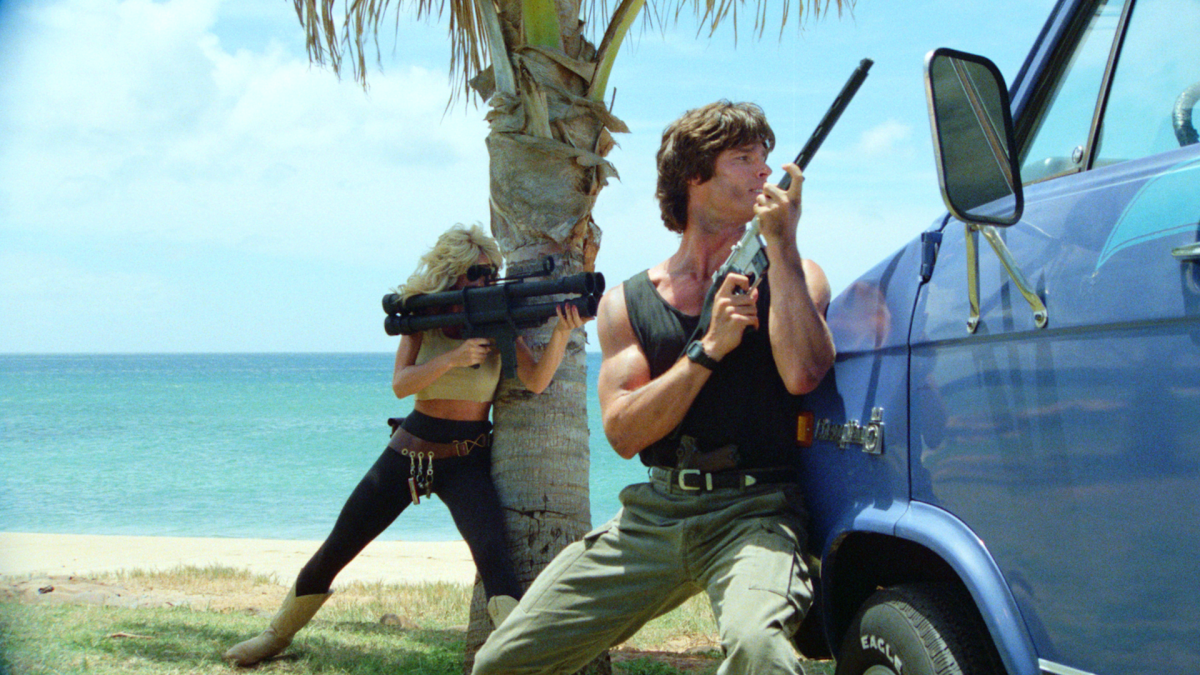
Beginning on the 15th, the USC School of Cinematic Arts will be presenting a tribute to 15 years of the American Genre Film Archive, the nonprofit that has rescued over 100 feature films from becoming lost.
The series will be able to take advantage of an Imax venue at USC for some shows, so movies such as Joe Dante’s notorious “The Movie Orgy” and works by Sarah Jacobson, Jon Moritsugu and Doris Wishman will be presented on likely the biggest screen they have ever been seen on.
“We feel these are shining examples of American indie filmmaking, regardless of genre,” said AGFA’s Bret Berg in an email. “If AGFA doesn’t preserve these movies in particular, there may not be anyone else who will.”
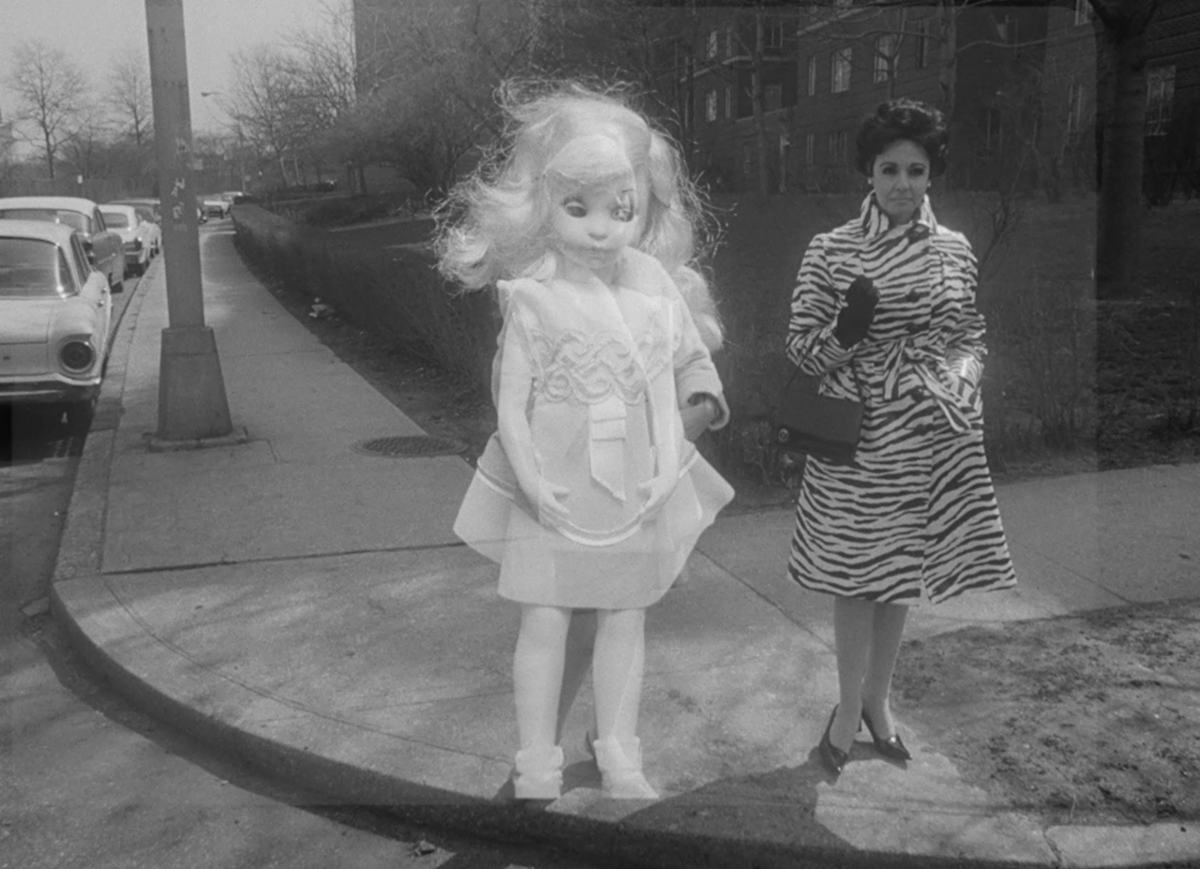
Berg also noted, “Another through line which greatly satisfies us is the preservation of important subcultures through film. With ‘Gay Girls Riding Club,’ it’s about the legacy of drag. The punk underground is represented by Jon Moritsugu, Sarah Jacobson and Dave Markey. ‘She Freak,’ ‘Indecent Desires’ and ‘Boardinghouse’ are all ace examples of the grimy drive-in circuit vibe.”
Other highlights will include Andy Sidaris’ “Hard Ticket to Hawaii” with a Q&A with producer Arlene Sidaris, and the world restoration premiere of Dave Markey’s “Desperate Teenage Lovedolls.” (I’ll be moderating a Q&A with Markey and cast members Jennifer Schwartz, Tracy Lea Nash and Stephen Macdonald.)
Other points of interest
‘Eraserhead’ at the Academy
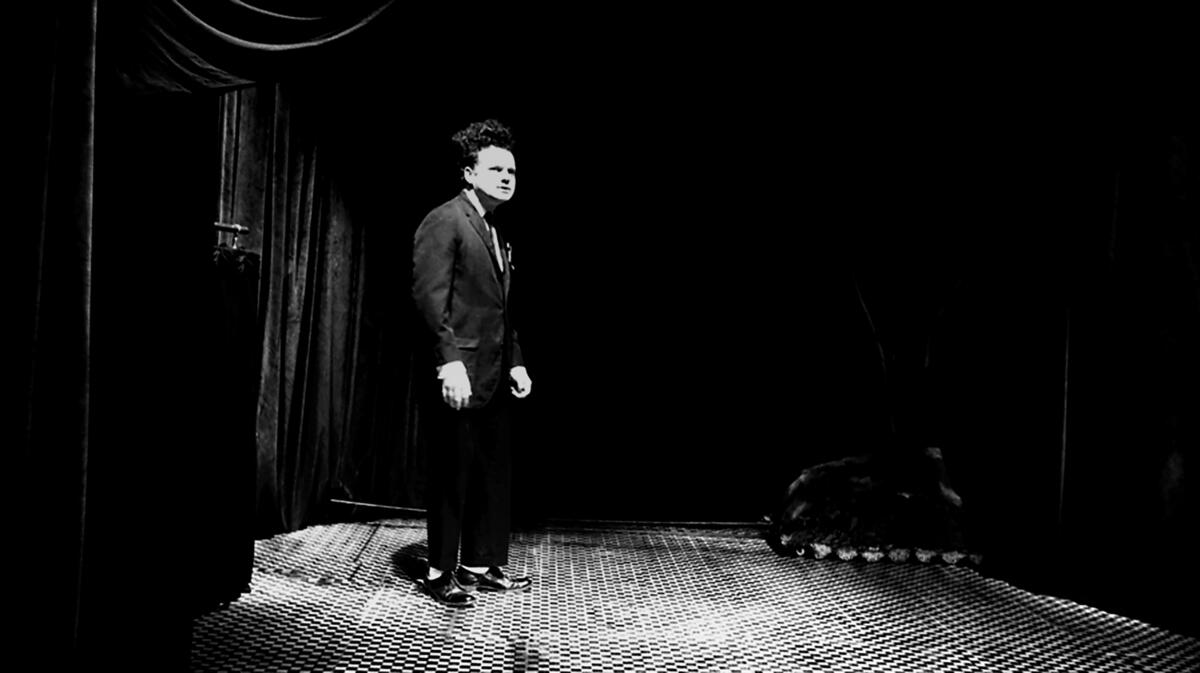
The Academy museum has launched a series celebrating the midnight movie. As outlined in J. Hoberman and Jonathan Rosenbaum’s book “Midnight Movies,” this is about more than just seeing a movie in the middle of the night, but a whole sensibility and countercultural mind-set.
On Monday will be a 35mm screening of one of the ultimate midnight movies, David Lynch’s feature debut, 1977’s “Eraserhead.”
The program will also include Suzan Pitt’s 1979 animated film “Asparagus,” which was specifically acquired to play before “Eraserhead,” including during multiyear runs at New York’s Waverly Theater and Los Angeles’ Nuart Theatre.
I am reluctant to try to describe “Eraserhead” except to say that few filmmakers arrive as fully formed as Lynch. In 1977, reviewing the film’s midnight screening at L.A.’s Filmex festival, The Times’ Linda Gross wrote, “In his first feature, the talented young American filmmaker David Lynch successfully merges black comedy, kitchen sink reality and avant-garde obscurity and provides superior special effects, but ‘Eraserhead,’ about extremely nebbish young couple who have a monster baby, is not for the squeamish.”
Other titles still to come in the museum’s midnight program include “Up in Smoke,” “Donnie Darko,” “Glen or Glenda,” “House” in 35mm, “Hellbound: Hellraiser II” in 35mm and, of course, “The Rocky Horror Picture Show.”
‘The Raid: Redemption’ and ‘The Raid 2’
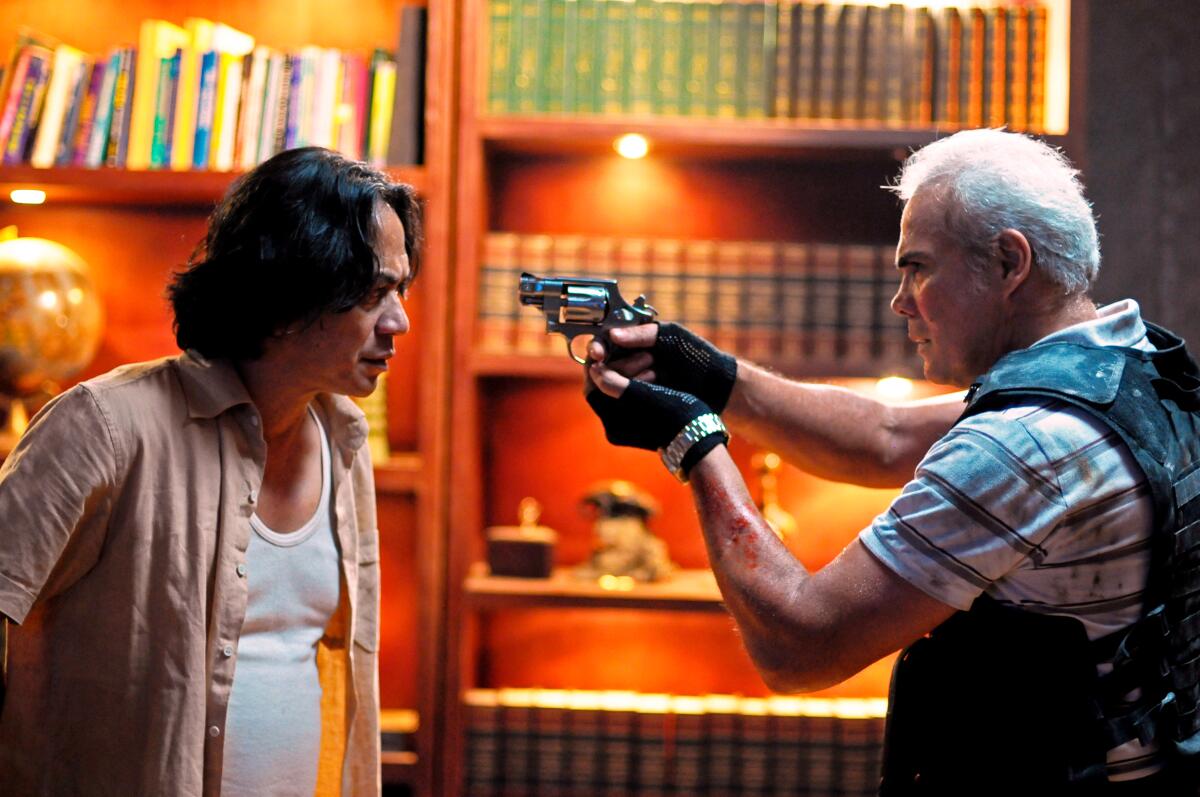
On Monday the New Beverly will show the pulverizing double bill of Gareth Evans’ 2011 “The Raid: Redemption” and 2014’s “The Raid 2.” Both films star Iko Uwais as an Indonesian cop who finds himself facing seemingly insurmountable odds; both also feature truly dazzling close-quarters fighting and stunt choreography.
I spoke to the Welsh-born Evans for “The Raid 2,” a film on which he was was credited as director, writer, co-editor and action choreographer.
“For me it has to work as a story first,” Evans said. “It doesn’t work if the action is just kind of thrown in.... What I wanted to try to do in this one is make sure each action scene, each beat, would be in response to the plot and push the plot forward. There would be character arcs within the fight scenes.”
In other news
‘The People’s Joker’
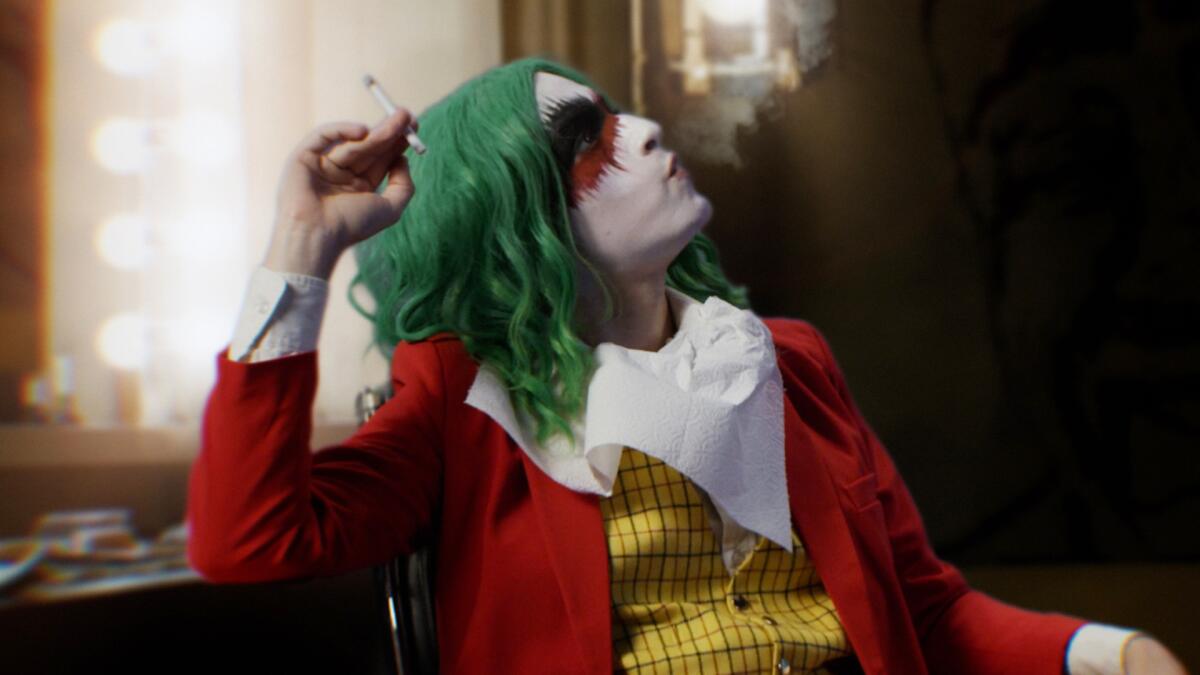
After a prolonged fight to clear the movie for release, Vera Drew’s “The People’s Joker” is finally in theaters. The movie transforms the saga of the comic book character of The Joker into an absurdist, deeply personal, unabashedly queer tale of self-actualization and making it in the comedy world.
Back when the film premiered at the 2022 Toronto International Film Festival, Drew described the film’s sensibility to Jen Yamato by saying, “My movie is about complicated relationships with your mom, which I think a lot of trans women have. But I also really wanted to make a movie that Joel Schumacher would like.”
The movie is playing now at the Nuart in L.A., with Drew in person for some showings. Starting on the 19th, it will be at the Alamo Drafthouse DTLA and Vidiots.
Reviewing “The People’s Joker” for The Times, Manuel Betancourt wrote, “Equally brazen and ambitious, Drew’s film is committed to embracing the zany undertones that have always bubbled under the surface of a comic book tale in which secret identities, arch performances and fabulous outfits (all worn in the dead of night, no less) have always felt like lifelines for queer and trans kids worldwide.”
‘Sasquatch Sunset’
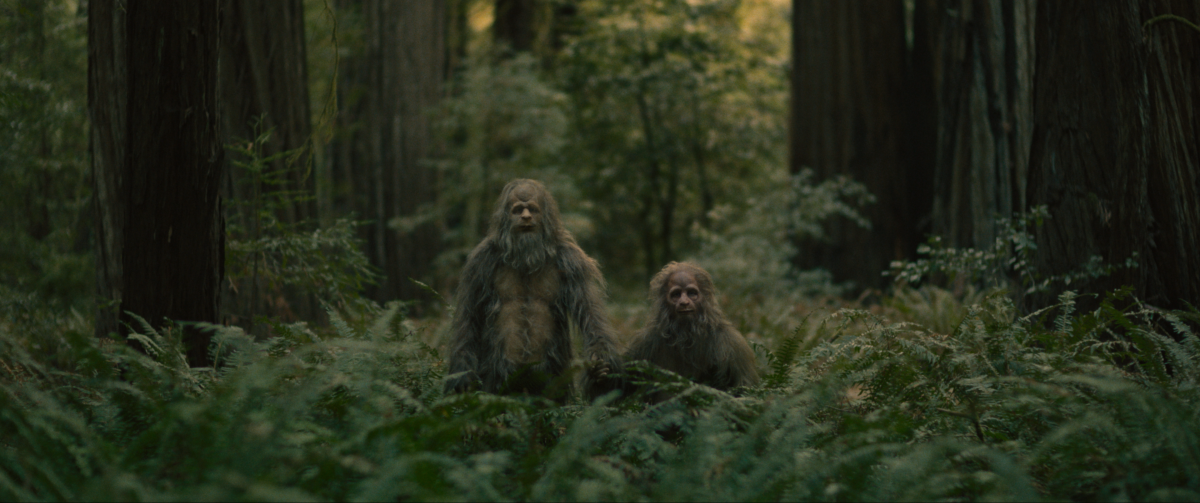
Nathan and David Zellner have been among the most eccentrically creative filmmakers working on the fringes of Hollywood for some time, always marrying an outsider’s sensibility with a touching, human heart.
Their latest film is “Sasquatch Sunset,” a startlingly emotional look at a year in the life of a family of Sasquatch, played by Nathan Zellner, Christophe Zajac-Denek, Jesse Eisenberg and Riley Keough, all rendered unrecognizable under their makeup and hairy costumes.
I sat down with the Zellners for a story that we’ll be publishing soon. As David told me, “From the script stage, we didn’t want anything to be winky or sensational. Even though absurd stuff happens in it, we wanted to normalize it in the same way that if you see an animal you wouldn’t be shocked that it was not wearing clothes. We just wanted to normalize it at all as though you’re seeing a pack of wolves or something like that.”
‘Civil War’
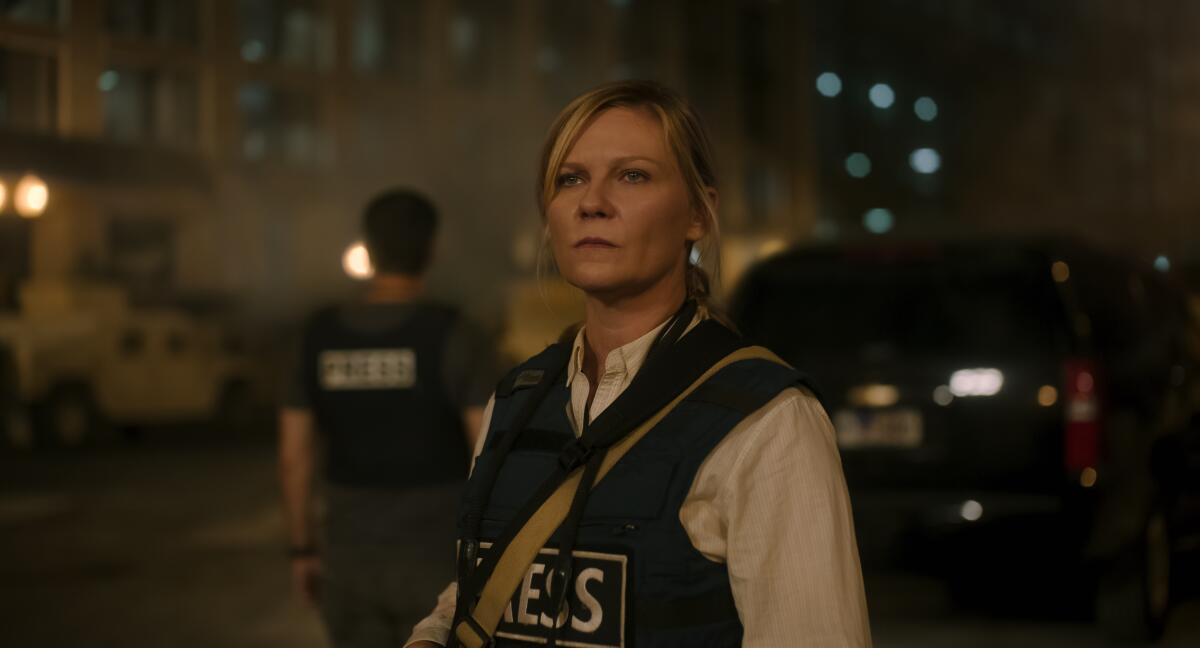
Last week I included my interview with Kirsten Dunst and Cailee Spaeny about Alex Garland’s “Civil War.” The movie, about a near-future America torn apart by violence, opens this week and Joshua Rothkopf declares in his review that, “regardless of what may come ahead — at the movies and beyond — there won’t be a more important film this year.”
Rothkopf also says, “It’s the nowness of ‘Civil War’ that will be much discussed. ... For the most part, what Garland is after is less accusatory and more provocative, detached from the kind of red-state-blue-state binary that would trap ‘Civil War’ in amber before it had a chance to breathe. Do we deserve a democracy if we can barely speak to each other? This is a film set in a future when words no longer matter. Even the final words of power-grabbing leaders disappoint.”
Complete your Hollywood bookshelf
This week, the LAT published a list of the 50 best books on Hollywood, compiled from a survey of experts in the worlds of publishing and entertainment. Topping the list was Joan Didion’s 1970 novel “Play It as It Lays.”
As Matt Brennan wrote in the introduction to the list, “It’s been said that Hollywood is more an idea than a place, and no task punctuates the notion quite like asking people to choose the best Hollywood book of all time: ‘What do you mean,’ they inevitably ask, ‘by “Hollywood?’”
There are also essays on specific books, including “Play It as It Lays,” Julia Phillips’ “You’ll Never Eat Lunch in This Town Again,” Carrie Fisher’s “Postcards From the Edge,” Pauline Kael’s “Raising Kane,” Steven Bach’s “Final Cut,” Donald Bogle’s “Toms, Coons, Mulattos, Mammies and Bucks: An Interpretive History of Blacks in American Films” and Peter Biskind’s “Easy Riders, Raging Bulls.”
Only good movies
Get the Indie Focus newsletter, Mark Olsen's weekly guide to the world of cinema.
You may occasionally receive promotional content from the Los Angeles Times.




